I’ve worked on this issue from the top down, in various governments around the world, and from the bottom up, in civil society. Over the last few years many experiments have shown how thousands of people can collaborate online analysing data or solving problems, and there’s been an explosion of new technologies to sense, analyse and predict. We can see some of the results in things like Wikipedia; the spread of citizen science; new business models like Duolingo which mobilises volunteers; and grassroots movements for change. I’m keen to see how we can use these new kinds of collective intelligence to solve problems like climate change or disease – and to ensure that we understand the potential risks.
I’m convinced that every organisation can work more successfully if it taps into a bigger mind – mobilising more brains and computers to help it. But doing that requires careful design, curation and orchestration. It’s not enough just to mobilise the crowd (since crowds are all too capable of being foolish, prejudiced and malign) or to hope that brilliant ideas will emerge naturally.
Thought requires work – to observe, analyse, create, remember and judge.
And it needs work if it’s to avoid the many pitfalls of delusion and deliberate misinformation.
There are some promising pointers in innovation. Nesta has been working on many fronts to use new data tools, including web-scraping and combining public and commercial data, to better map in real time how economies are changing and new industries are emerging. I’m certain these will become mainstream soon. In another direction our challenge prize centre has been showing how open innovation methods can be used to tap a far wider pool of brainpower in everything from farming in the Indian subcontinent to antibiotic resistance globally, from paralysis (with Toyota) to drones.
Collective vs. artificial intelligence
The emerging field of collective intelligence aims to help organise thought well, linking many people as co-creators of intelligent outcomes. It has huge relevance to many of our most important institutions – from political parties and governments to firms, universities and health systems – which tend to be stuck in very anachronistic models.
So how is it different from artificial intelligence? Artificial intelligence is going through another boom, embedded in everyday things like mobile phones and achieving remarkable breakthroughs in medicine or games (at Nesta we have been closely involved in AI as an investor in many AI companies and have helped design new regulatory and policy tools).
But for most things that really matter we need human intelligence as well as AI, and an overreliance on algorithms can have horrible effects, whether in financial markets or in politics.
Our problem is that although there’s huge investment in artificial intelligence there’s been much less investment in collective intelligence. That is one reason why we have also seen little progress in how intelligently our most important systems work – democracy and politics, business and the economy. You can see this in the most everyday aspect of collective intelligence: how we organise meetings, which ignores almost everything that’s known about how to make meetings effective. You can see it in too many political systems, too, where leaderships are a lot less smart than the societies they claim to lead. Martin Luther King spoke of ‘guided missiles but misguided men’ and we are surrounded by institutions packed with individual intelligence that nevertheless often display collective stupidity.
So, what are the solutions? In my book “Big Mind” I propose serious attention to collective intelligence and show how every institution can rethink how it observes, analyses, creates and remembers; and how it can embed what I call three loop learning, to adapt to new situations and challenges. I show the importance of informational and knowledge commons, and why we have to fight against the many enemies of collective intelligence – distortions, lies, gaming and trolls.
Is this new? Many of the examples I look at are quite old – like the emergence of an international community of scientists in the 17th and 18th centuries, the Oxford English Dictionary which mobilised tens of thousands of volunteers in the 19th century, or NASA’s Apollo programme which at its height employed over half a million people in more than 20,000 organisations. But the tools at our disposal are radically different – and more powerful than ever before.
We can learn much from looking at past examples like the Cybersyn project in Chile in the early 1970s that tried to create a collective intelligence for the economy. But the most recent examples – from Taiwanese democracy that is experimenting with open networks and AI to involve many more people in shaping policy, to systems for stopping epidemics that combine mass observation and predictive algorithms – are also very different because of the possibilities offered by technology.
It’s easy to be depressed by the many examples of collective stupidity around us. But my instinct is to be optimistic that we’ll figure out how to make the smart machines we’ve created serve us well and that we could be on the cusp of a dramatic enhancement of our shared intelligence. That’s a pretty exciting prospect with fundamental implications for almost everything governments do, but particularly for public agencies involved in pushing forward the frontiers of knowledge.
This blog is part of a series of blogs by Sitra’s International Advisory Panel members, on topics of mutual interest.

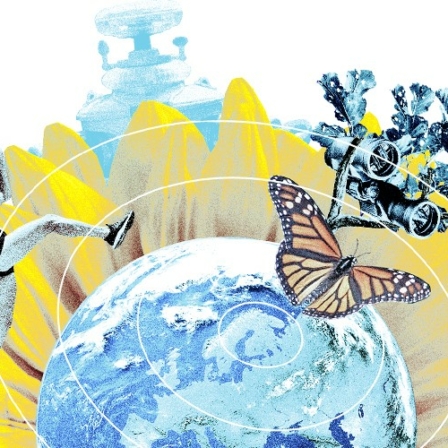

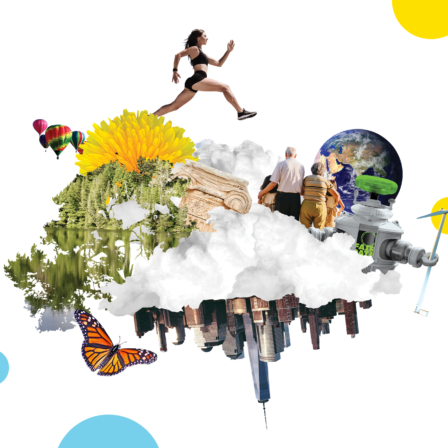
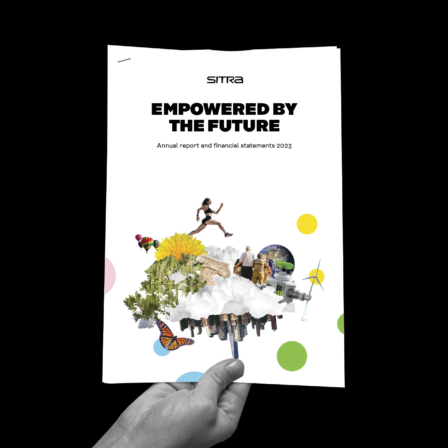






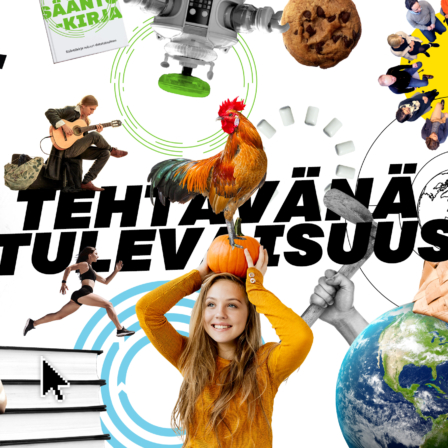



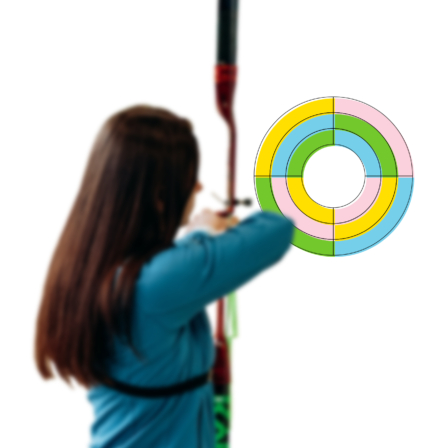

Recommended
Have some more.